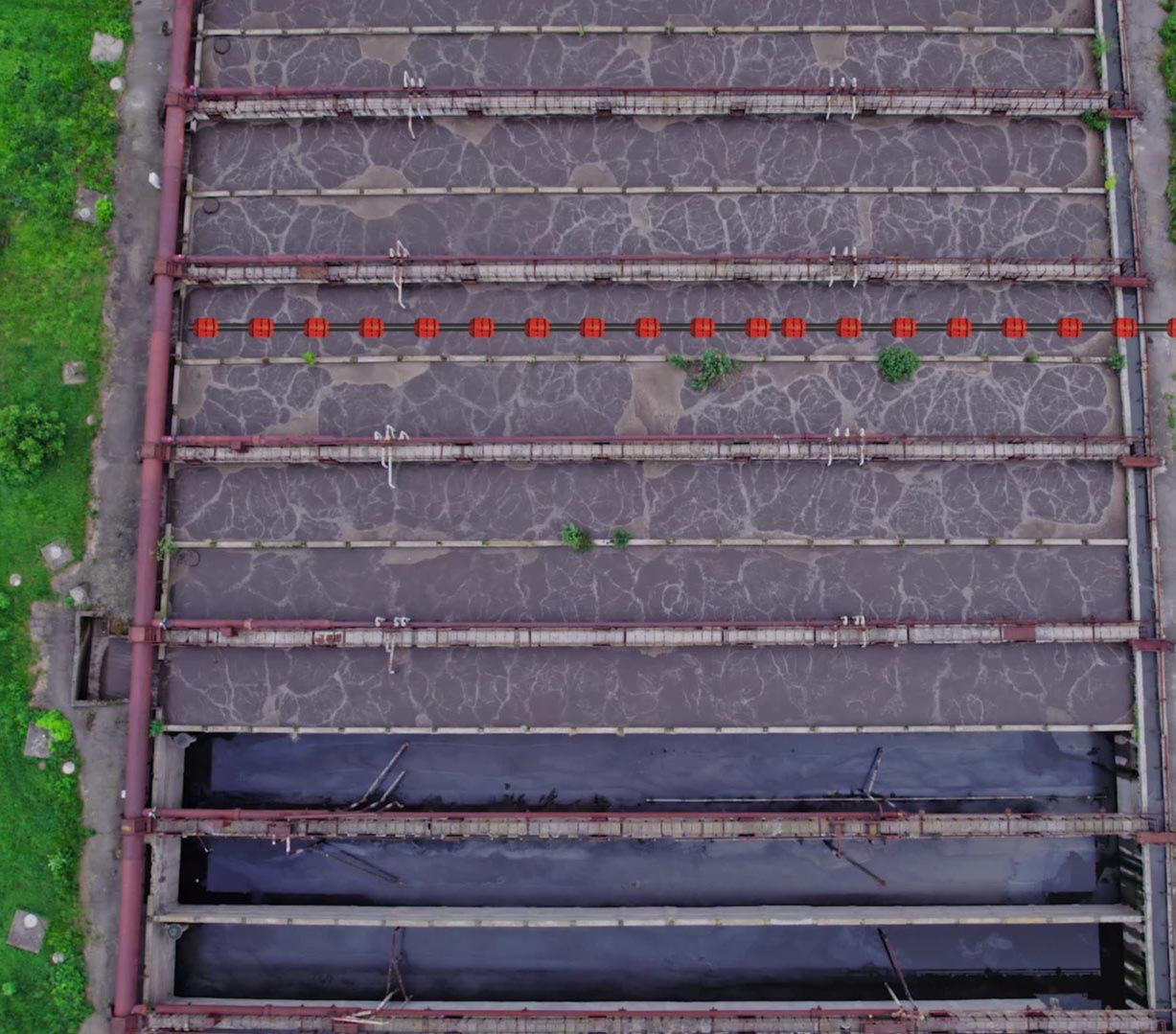Wastewater Management
- Home
- Industries
- Wastewater Management
Hose floats, also known as buoyancy or pipe floats, are used in wastewater management to keep hoses or pipes suspended in a liquid and keep them from sinking or getting stuck on the bottom. Wastewater facilities can use them in various applications, such as pump discharge lines, sludge lines, or other fluid transfer hoses.
One of the common uses of hose floats in wastewater management is in sludge transfer lines, which keep the transfer hoses suspended in the liquid. This prevents hoses from getting stuck on the bottom of the tank and helps ensure sludge pumps out of the tank at a continuous flow.
Another use of hose floats in wastewater management is in pump discharge lines. By attaching hose floats to the discharge line, it is possible to keep the line above the surface of the water, which can help to reduce the risk of the pump getting clogged with debris, or of the hose getting kinked or damaged.

Hose floats can be made from various materials, including plastic, rubber, and foam, and come in different sizes and shapes to suit other applications.
Overall, hose floats help to ensure the efficient and effective transfer of fluids in wastewater management systems by keeping hoses or pipes suspended and preventing them from getting stuck or damaged.
Hose floats are used in wastewater management for a number of reasons:
Preventing hoses from getting stuck: By keeping the transfer hoses suspended in the liquid, hose floats prevent the hoses from getting stuck on the bottom of the tank. This helps to ensure that the sludge is pumped out of the tank in a continuous flow.
Improving the efficiency of fluid transfer: By keeping the hoses or pipes suspended, hose floats can help improve fluid transfer efficiency. This is particularly important in sludge transfer lines, where the hoses can become clogged if they come into contact with the bottom of the tank.
